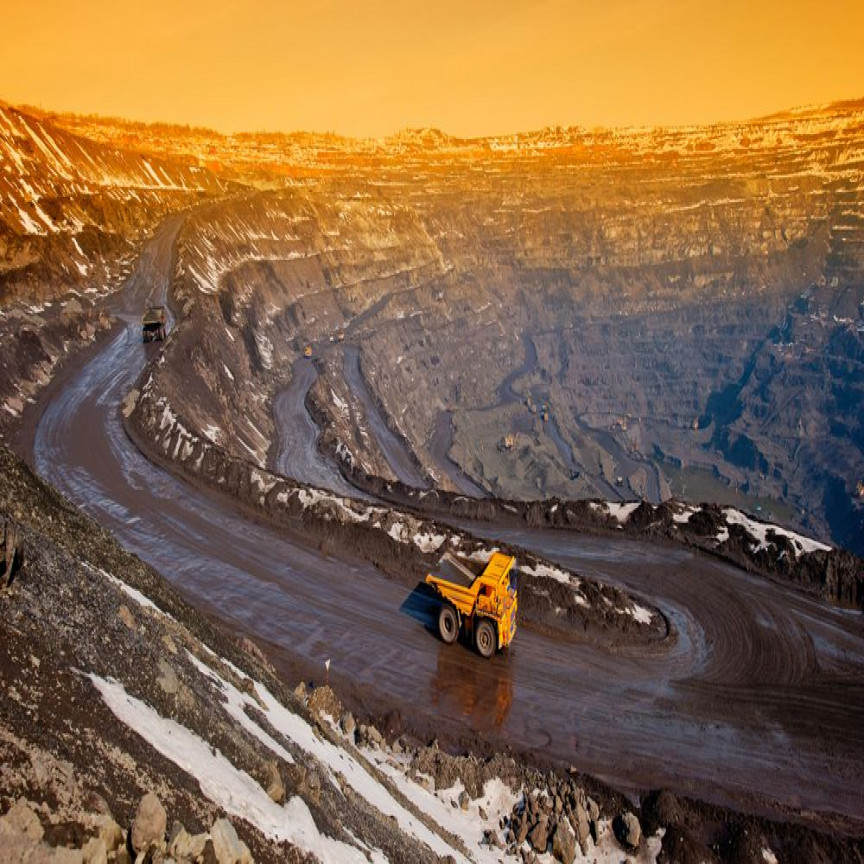Iron ore market seems to be trading in diligence with some investors remaining cautious as physical traders are raising quotes on depleting port inventories. The iron ore futures on the Dalian Commodity Exchange (or DCE) shot up from RMB 606.00 (intraday low on 28 February 2020) to the recent high of RMB 670.00 (intraday high on 5 March 2020), marking a price appreciation of ~ 10.56 per cent.
However, while the iron ore price is on a surge in China and across the global front, the demand is estimated by market participants to remain muted amid ongoing maintenance of steel mills in China and higher steel inventor, accumulated in the wake of the impact of COVID-19 on daily trades.
To Know More, Do Read: Iron Ore Bounces: Prices Above Contract Average While MOI for May 2020 Remains the Highest
The maintenance of steel mills, which is rather a short-term input in deciding the future movement of iron ore prices, the falling inventory of iron ore across the Chinese ports, and enthusiasm of physical traders to hold the price high is providing a cushion to iron ore prices, and despite ongoing maintenance and all other things, which is keeping the demand for the steelmaking raw material in check, the commodity is holding grounds.
It is coming into the picture that East China is now particularly active after finishing the maintenance, while in North China some steel mills are ready for the production.
Steel Rebar Production to Pick-up Again
Industry experts access that the production of construction steel or steel rebar would soon pick-up during mid-March as more and more steel mills across Eastern, and Northern China comes online, as the days pass on.
In China, while there has already been a supply glut of steel rebar and other steel product, accumulated in the period of recent trade slowdown, the fear of losing the market share along with the recent push from the government to boost the economy could pull steel mills back into the production, which in turn, could boost the muted demand, causing it to rise on another speculation.
However, in the recent past, we have seen the Chinese government providing a boost to economic activity, and the impetus does hold the potential to support the demand for iron ore ahead. Albeit, there are yet considerable risks such as higher steel inventory, which would not be very easy to park in the wake of lower demand across the globe.
To Know More, Do Read: Central Banks Draw Rate Cut Card to Spur Demand as World Grapples COVID-19, Commodities to Shine?
Cold Rolling Mills Restart Procurement
As per some industry experts, the cold rolling mills have restarted procuring the raw material for hot-rolled steel; however, the market anticipates that the production along with weak fundamentals and end-user demand could hamper the HRC prices ahead, which could lead to a fall in iron ore market.
At Kalkine, we believe that though there are risks of higher production and price pressure on iron ore over the medium-term, we cannot completely ignore the impetus the Chinese government is providing to end-users of HRC, i.e., automobiles industry.
In the recent events, the government has announced an array of subsidies on the purchase of domestic cars in China, which could provide cushion to the iron ore demand; however, at the moment the magnitude of support or timings cannot be assessed with higher degree of confidence, albeit on a broader scale, medium-term could be the right estimation.
Freight Cost Coming Down
Post spiking to stand at ~ USD 29 per million tonnes (dry bulk) in July 2019 quarter, the freight costs are finally coming down, which could also exert some pressure on iron ore prices ahead. The introduction of IMO 2020 in maritime industry substantially increased the freight cost; however, the ongoing adoption of LNG and weaker transportation demand in the wake of the COVID-19 outbreak, the freight charges are finally coming down.
To Know More, Do Read: IMO 2020- A Double Edge Gizmo for Woodside Petroleum and Caltex Australia
While the introduction of IMO 2020 is particularly beneficial for ASX-listed iron ore mining companies as compared to Brazilian competitors. On the industrial scale, it provides input in the calculation of iron ore prices in China, world’s largest consumer, which in turn, makes freight cost an important component in determining the iron ore price across different geographies. The fright cost should be monitored closely by astute investors ahead to fathom the price direction of iron ore.
To Know More, Do Read: Iron ore hits 5-year high as exports slump; IMO 2020 beneficial for the Australian Miners
To summarise, the iron ore market is in a dilemma with physical traders keeping the quote high in the wake of lower port stocks, while demand remains currently muted.
However, the still mills across the East and North China are wrapping up their maintenance in the wake of stimulus provided by the government and the fear of losing the market share, which could boost the demand for iron ore ahead.
Albeit, there are significant risk factors such as high steel inventory in China, subdued demand for construction steel across end-users are currently unfolding and should be kept in mind before pulling any trigger.



